Early Childhood… a time to help children learn how to ask themselves questions
First, a few facts about the early childhood brain. Even at age 4 or 5 the young brain is showing signs of asking itself questions. Parents get tired of the Why? Why? questions as children seek reasons for their observations. Children are also seen to be making decisions between choices and to be coming up with creative ideas to solve simple problems in their play. The question asking frontal lobes of the brain are becoming active.

The young brain is making connections very rapidly.
These connections are insulated with grey myelin that cause the brain to double in weight in the first 2 years. The weight increase is not due to the formation of new brain cells. Brain scans reveal heavy grey areas, or memory sites, where there has been regular stimulation. New connections only form between brain cells when children ask themselves questions about the content of these related cells. Answering questions simply re-uses existing connections and reinforces them. And finally, the more connections that form in an area, the more complex the memory or brain cell network that forms for future learning.
It is important to recognise that adults can teach children content to store in a word-fact memory. However, only an individual child can connect up this content into meaningful networks. For this to happen children have to ask themselves questions about this content.
But what kinds of questions can we teach young children to help them do this connecting?
There are at least three main types of connecting questions.
They are questions we have to ask ourselves when we try to think of 1) novel ideas, 2) choose between choices, and 3) think of reasons to explain observations we make. These thinking processes relate to inventive and inquisitive thinking- processes that are vital for individual survival in a rapidly changing and competitive world.
Here is a sample question that forces the thinking of creative ideas and the development of a risk-taking mindset.
E.g. What are some unusual uses for a brick?
The usual connection we have in memory is brick and used for building walls. But if we think about the properties of a brick and uses that depend on these properties many new connections form. A brick is heavy so use it for a paper weight, a door stop, a hammer, a weapon and so on. A brick is rough so use it to sharpen pencils or knives. Once again thinking of novel ideas produces many new connections for future thinking.
Here is a sample question that forces the thinking about reasons and the development of a curious mindset.
E.g. Why are coins usually round rather than some other shape?
We are looking for reasons to explain our observation. With mental effort this question stimulates connections we may never have thought of. Round coins are easy to make, to stack, to put into machines, to put into your pocket, and so on. Looking for reasons is another good way of developing and extending the network of connections in our memories.
This third sample question forces children to make choices and the development of a cautious, judging mindset.
E.g. What are some good and bad things about killing whales?
Here we have to make a judgment about two different choices. With mental effort, we might connect whales to the concept of species extinction and animal pain. And we might make more connections between whales and food, chemicals, and jobs. Hopefully, you can see that a child who doesn’t ask questions about content they learn in class will do little in terms of developing his or her memories for future thinking.
Adults who are successful in the world of work are good at thinking of ideas, at making decisions, and at searching for reasons. They are independent thinkers. They are question askers who may not excel at answering questions of someone else! A good thinker may not be a good memoriser.
The question now is “How do we help young children ask themselves these kinds of questions about things they sense in their world”?
One answer is to weave these questions into the dialogue of stories.
In the early childhood program JLTP, parents, grandparents, and children ask each other varied examples of these three types of connection building questions. The questions are fun and usually have more than one possible answer. Because of this, all children are happy to think up and share their ideas, decisions, or reasons. They develop the confidence and ability to ask themselves questions. They make many new connections between various everyday and science topics. And most important, they develop risk-taking, cautious, and curious mindsets. These mindsets are essential for creative, critical, and curious thinking, or in other words, for inventive and inquisitive thinking.
Model JLTP questions that challenge the thinking of novel ideas and the development of a risk-taking mindset include:
- What are some things that you can’t see?
- What if there were no more trees in the world?
- How would you get a dog out of a deep hole without a machine?

Model JLTP questions that challenge the judgment of choices and the development of a cautious mindset include:
- Would everyone agree that dogs make better pets than cats?
- If a dog has its tongue hanging out can you be sure that it is thirsty?
- Should animals be kept locked up in a zoo? Why or Why not?
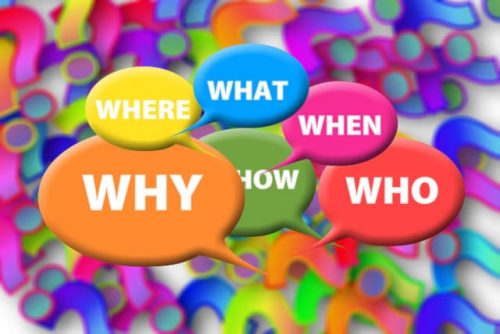 Image by geralt from Pixabay
Image by geralt from Pixabay
And finally some model JLTP questions for searching for reasons to explain an observation. The strategy 5WsH helps here in making new connections with the observation made of say a pyramid.
- What is a pyramid?
- Where do we find them?
- Why were they built?
- When were they built?
- Who were they for?
- How did people lift the heavy stones so high?
The child who doesn’t know how to ask any of these questions makes no new connections. The child who asks the 5WsH questions has made 5 new connections with the concept of a pyramid. Their brain cell network has been expanded and enriched.
The ability to ask yourself questions is becoming urgent in the current “i” age. Children now spend much of their time away from school manipulating iPhones, igames, and ipads. Electronic information is stimulating but it comes at such a speed that children have little time to ask themselves questions about what they hear and see.
Children of all ages are going to become dependent, shallow thinkers weak in the art of asking self questions. The earlier we strengthen this ability in young, pliable brains the better. It will more likely remain as part of the natural thinking of our future citizens.
This article was contributed by John Langrehr (Ph.D), JLTP International.
* * * * *
If you find this article useful, do click Like and Share at the bottom of the post, thank you.
Want to be heard and seen by over 100,000 parents in Singapore? We can help! Leave your contact here and we’ll be in touch.









































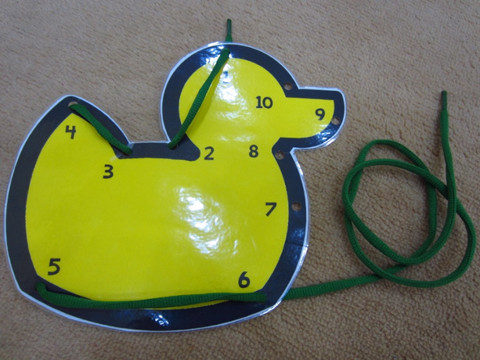
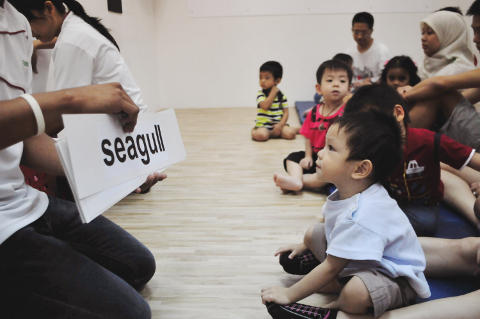
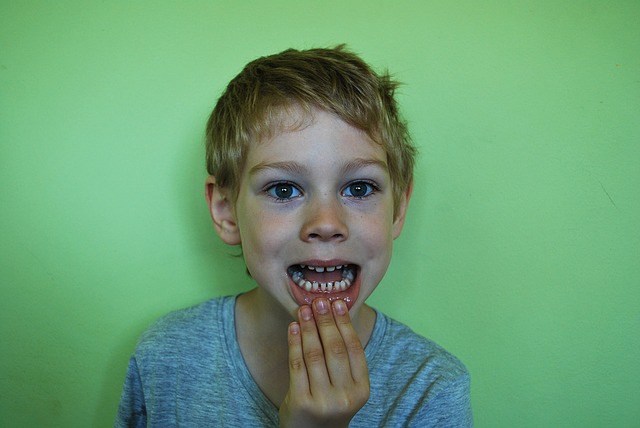



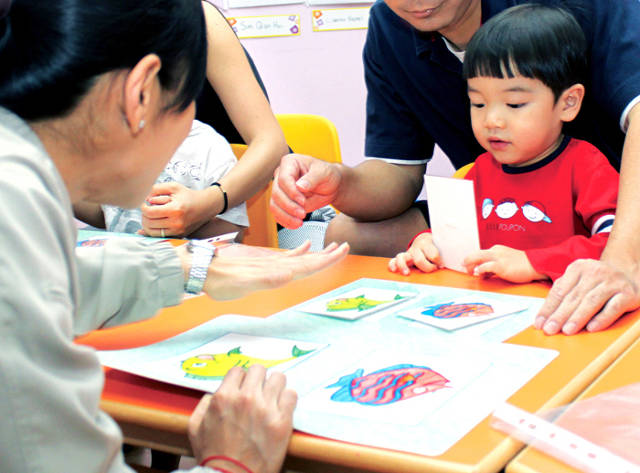









Leave a Comment: